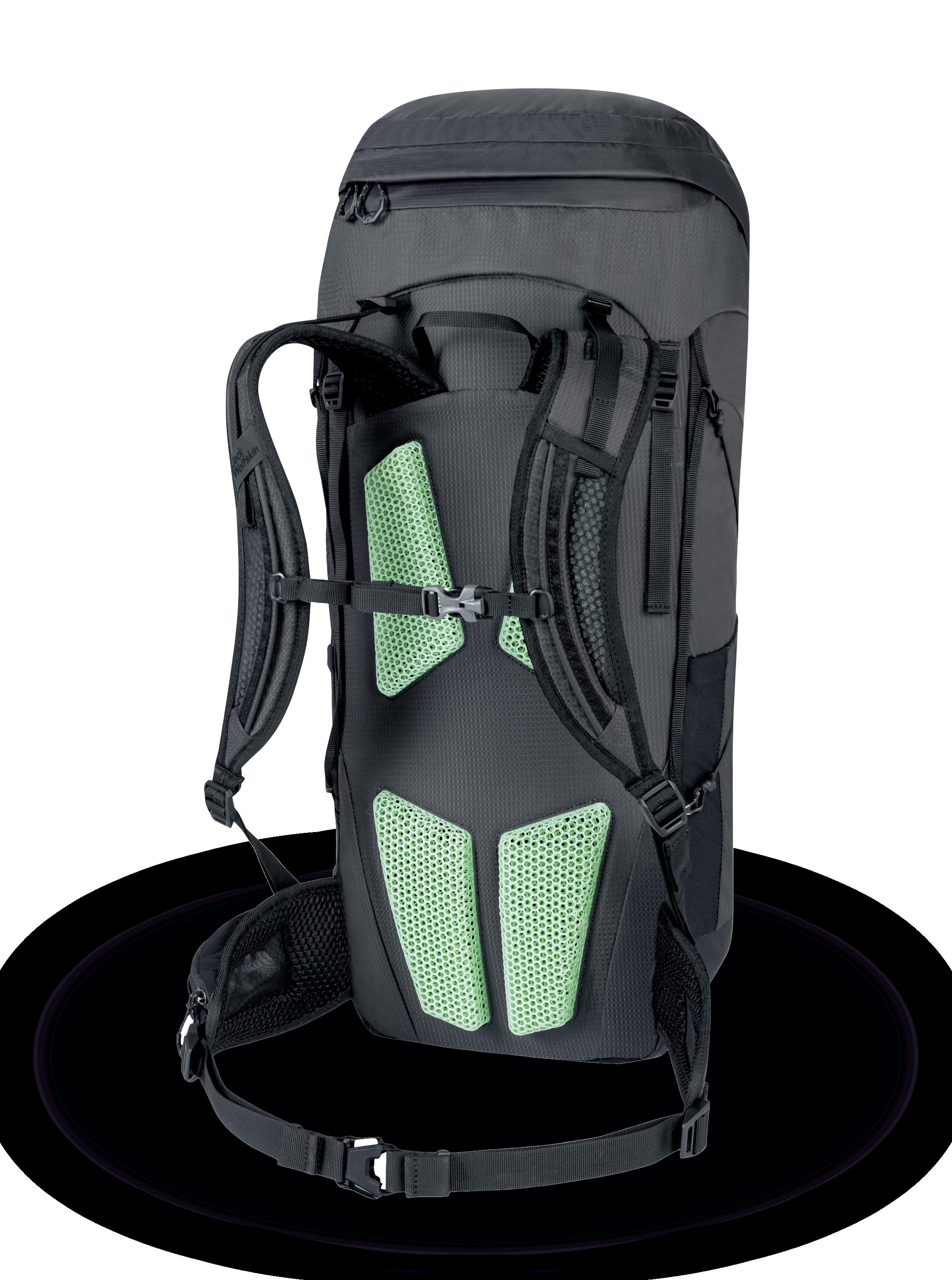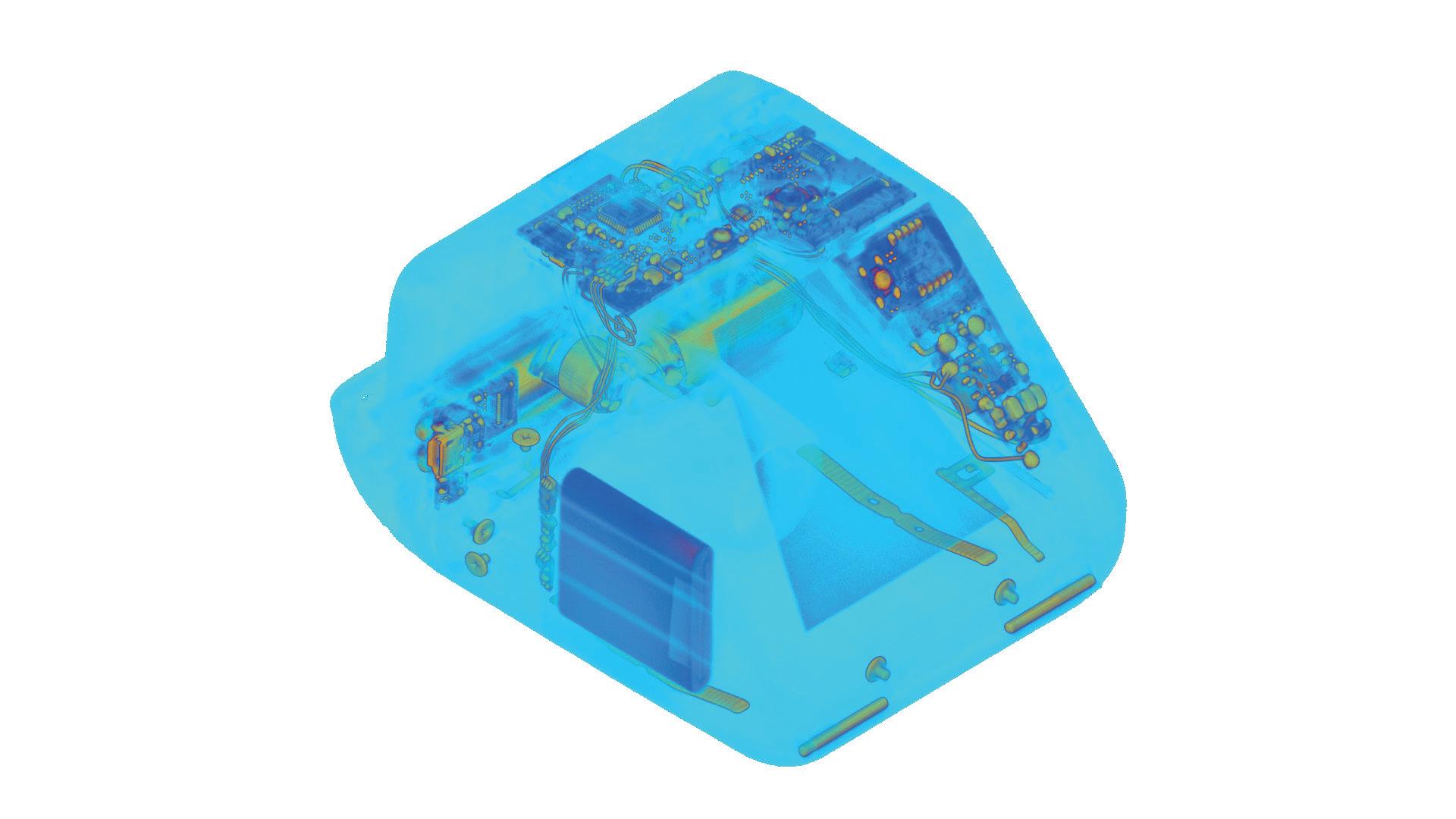
6 minute read
“LET’S GO FISHING”
America Makes’ Josh Cramer on how we can build a strong talent stream in AM.
SHOWN:
PARTICIPANTS IN THE AMERICA MAKES ADDITIVE EDGE EXPERIENCE AS PART OF THE AMX PROGRAM (CREDIT: MIKE VASQUEZ)
Manufacturing has taken a journey from low-tech high labor to high-tech low labor, which has increased automation, efficiency, and capabilities. Additive manufacturing (AM) is a rapidly growing industry. Many industries utilize AM technologies, including aerospace, medical, automotive, and energy. This is amplified through the investment in technology fueling growth across manufacturing and industry 4.0 technology deployment. Therefore, the development of manufacturing jobs and the need for those jobs will continue to grow further, as well as the diverse skills needed. Manufacturers must have access to qualified talent and, more specifically, talent pipelines, assets, and resources to maintain and grow. The additive manufacturing industry knows this all too well.
America Makes, an organization in which I am privileged to lead the work of education and workforce development, is a dedicated national collaborator and accelerator. The institute’s mission is rooted in the development, maturation, and adoption of additive manufacturing through publicprivate partnerships. One of the most critical threats to that mission – is available human capital. Though a “renewable” resource in almost every community, manufacturers are lacking the mass of available talent and probably more so the “right” talent. There continues to be a “mismatch” in the industry due to several factors. The factors include new technologies, miscommunications, and myths about their adoption.
Today’s manufacturing roles are very different than those of the past. One of the most significant critical issues is the awareness vacuum that includes misperceptions of the industry, qualifications, and opportunities these careers possess and provide. I have accepted the challenge of working on navigating and stocking this “K-Grey” talent stream.
Whether you are fishing the talent stream or part of the stream’s vibrant ecosystem, you are not alone. In a true sense, today’s workforce is a multifaceted common core algebraic equation (for those parents out there). Our talent stream is a reasonably complicated terrain and involves many obstacles and currents. Translation of skills and competencies to include varieties of applicants from all walks of life can be confusing. For example, separating veterans and their competencies and how they translate or relate to civilian sectors. In manufacturing, some of the terminology and rankings are very different. Imagine you were a human resources manager or talent manager and came across someone applying for an open position. On their resume, they listed “Cryptologic Technician.” Would you be able to link their competencies and work experiences from their military time served and specialties? Many may think this must be a new role focused on cryptocurrency or something. This person is an expert in IT systems, coding, communications, and communication systems, can maintain and service equipment, and possibly speaks different languages.
I have always believed that if a tree falls in the forest, it doesn’t make a sound because there is no one there to hear it. Contributing to the awareness vacuum in the manufacturing industry is that many people need to be made aware of the jobs, roles, tasks, and opportunities the industry can offer. Although we still have positions that involve core manufacturing functions, so much of the industry today is different from what it was in the
SHOWN:
STUDENTS EXPERIENCE THE AMERICA MAKES ALICE, ENGINEER IN WONDERLAND ADDITIVE MANUFACTURING EXPERIENCE (CREDIT: JOSH CRAMER)
past. This is especially true when we think about additive manufacturing. Clean, hi-tech spaces with remarkable technologies solving real-world problems for humanity. A little different than Henry Ford’s assembly line. This industry allows an easy ticket through the gate where inspiration and entrepreneurial dreams flourish. Ideas can become a reality at the kitchen table, and problems can be solved in ways never imagined. However, when this tree falls, who gets to hear it? Well, those who can be in the forest. I have witnessed firsthand where some with limited opportunity or with limited experiences cannot see the sign or have access to the forest. I have found potential in many places and walks of life.

Sometimes in a classroom, sometimes in an airport, sometimes in a grocery store, or even out to dinner. Invite those you feel would be great additions to our industry. Share a business card or a piece of your story. Let’s ensure we don’t just make flawed assumptions that their experiences match ours and that their pathways offer the capacities. In many instances, we will find that their journey may have just started without a map or possibly with an outdated map. We must first invite them, ensure they feel welcomed and wanted, and, most importantly, realize the prospect of what it is and can be. The most vibrant talent streams are the diverse ones.

On the first day of the fishing season, anglers pack into the best spots where they know the potential is considerable to catch their limit. Successful companies have employed this same thought in talent. They know the good fishing spots! They have worked with local ecosystems of academia and community-based organizations to recruit and hire adults and inspire youth. It is complicated by diverse generations in the talent stream. We have Gen X, Millennials, or Gen Z, along with Gen Alpha, on the doorstep. Although everyone is different, some of these trends within these generational differences bring some great possibilities to all. Generations in the past may have led with a “live to work” mentality. This mentality was anchored by their lives revolving around their work schedules. In contrast, today’s workforce is more of a “work to live” mentality. In this mentality, they are more focused on using work to do, buy and experience the things they really want in life. So how do you know the odds of a big catch? Validation is a critical key for the industry to assess strength in the talent stream. One essential tool in the toolbelt is industry-backed programming and credentials. For example, America Makes anchors a body of knowledge built with industry and the defense sectors with a wide range of partners. It maintains the ability to ensure it is accurate and aligned. Third-party objectivity exists when we anchor new learning assets to the body of knowledge, and its alignment is promoted to members, partners, and stakeholders. A key component is third-party validation throughout the process and several working groups from the industry to set standards, bodies of knowledge, frameworks, and even assessments. One critical phase in the process includes both a knowledge and performance-based assessment. Doesn’t it make more sense to go fishing where you know the water is stocked with a trophy catch?
Share your secrets. All of us in the industry had a spark. We all had that moment when that spark of inspiration emerged as a blazing fire that propelled us into the industry. For some, it was a parent or family member. For others, maybe an educator or instructor. The talent gap, whether skills or awareness, can only be solved by us. We need to drive the narratives and the activities. We need to be the voice in local classrooms, sharing our stories. We need to be the ones who can drive innovation at work and inspire by volunteering, contributing, and sharing. We need to be the ones who ensure that this message reaches every learner, how they learn, and where they know, regardless of their situation. Talent is something that everyone has inside, but opportunities can be determined by circumstance. The talent stream runs right through the village. Although many stand on the banks fishing, you could be the one with the correct tackle and bait. So, join us.









